-
Brouage: inland fortified French village was once a major European salt port
Some 400,000 tourists visit every year - many of whom are Canadian
-
Locronan: Brittany’s movie-set village with a rich history of its own
Local traditions stemming from Celtic legends are still practised today
-
Step back in time for some ‘dinosaur’ planting in your French garden
Captivated in the garden this month by one species of plant that dates back 200 million years, and another which is one of the oldest flowering plant families on the planet
Photos: 14 villages vie to be French favourite: which gets your vote?
Voting is now open for the competition, which is part of a France 3 series. We take a look at the villages in the running
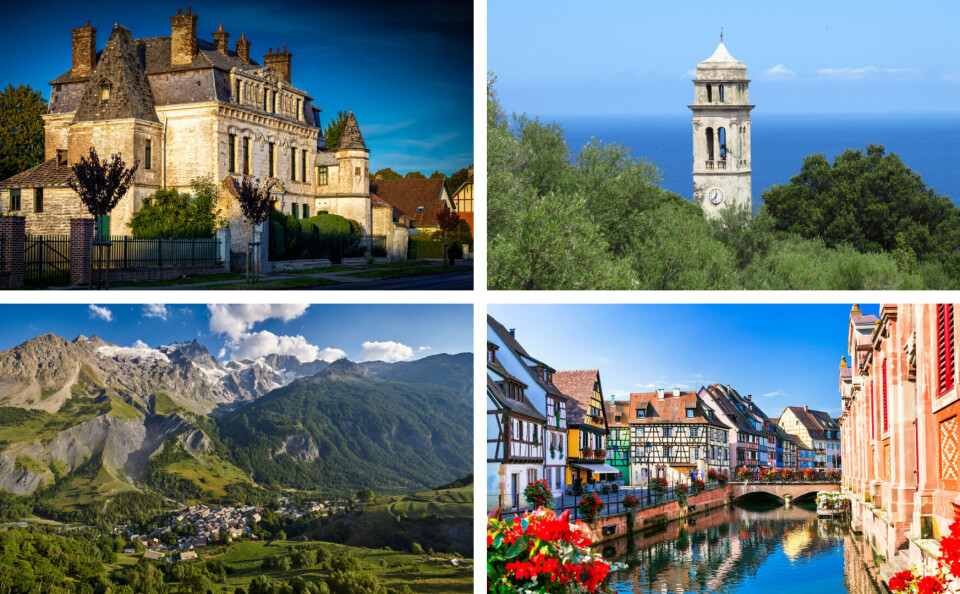
People in France have been invited to vote for their favourite French village as part of the new series of France 3’s Le Village préféré des Français, presented by journalist and national heritage fundraiser Stéphane Bern.
Voting opened on March 1 and will last until March 22 at 23:59. You can vote online or over the phone by ringing 3245.
The village with the highest number of votes will be declared the winner and take over from current title-holder Sancerre.
The 14 villages in the running for this year’s competition are:
Auvergne-Rhône-Alpes: Dieulefit
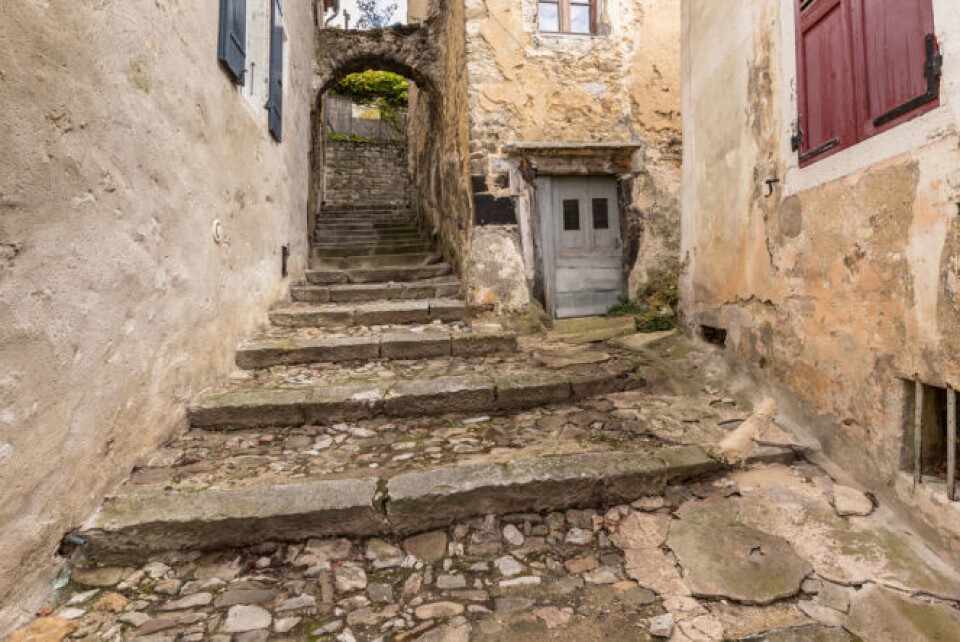
Situated 30km from Montélimar (Drôme), Dieulefit is a peaceful village of about 3,000 inhabitants which sits on the banks of Le Jabron river, nestled amongst green hills.
It is also just outside the regional natural park of the Baronnies provençales hills.
Bourgogne-Franche-Comté: Saint-Sauveur-en-Puisaye
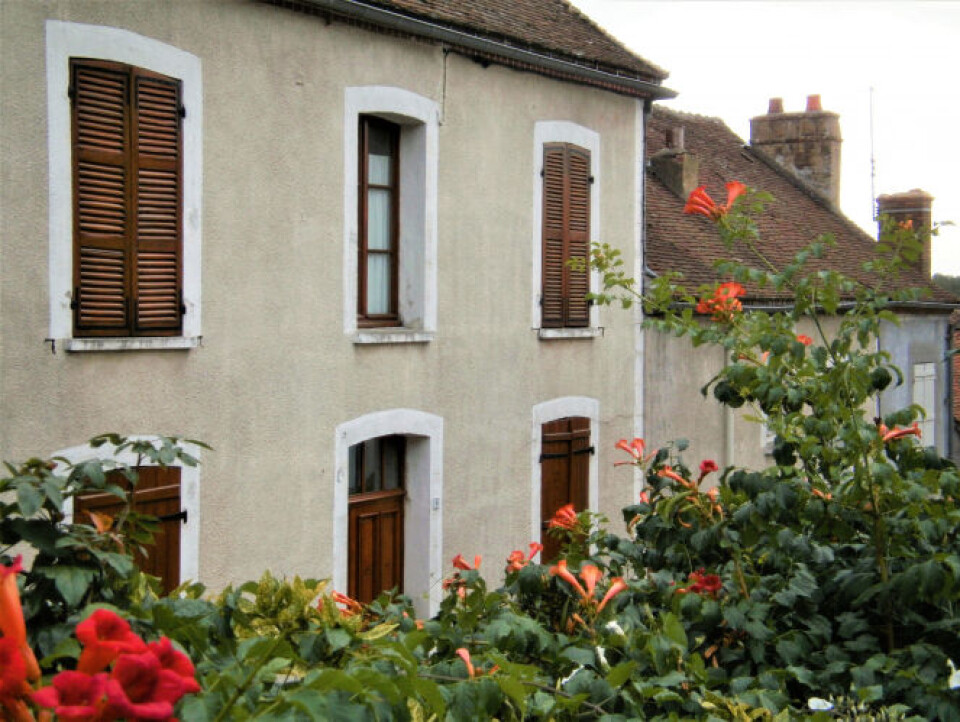
Saint-Sauveur-en-Puisaye is located in Yonne, and is known for being the birthplace of the writer Colette. In her childhood home you will find a museum dedicated to her life and work.
Brittany: Quintin
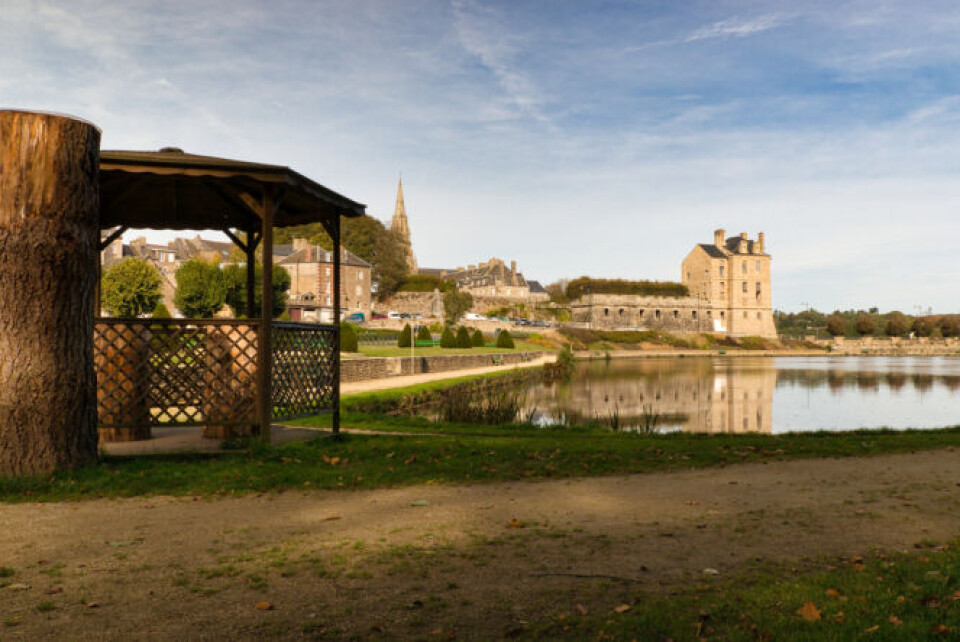
Near to Saint-Brieuc in the Côtes-d’Armor department is Quintin, a village which was once at the centre of the region’s weaving industry. It is now known for its eighteenth-century château, which was once owned by some of Brittany’s most illustrious families.
Centre-Val-de-Loire: Levroux
Photos from February past...Levroux (36) under a blue sky last year. pic.twitter.com/CU0sq6DzqU
— Loire Valley (@experienceloire) February 11, 2020
Porte de Champagne (XVe s.) à Levroux dans l'#Indre
— Marielle J.PdeG (@Flanerie_art) December 10, 2019
C'est le dernier vestige des 7 portes. Elle témoigne des fortifications qui entouraient la ville par un mur d'enceinte. Le roi Charles VII avait autorisé sa construction, en utilisant notamment une taxe pour son financement. pic.twitter.com/PwLn0NIOcz
For a detailed view of this village, please see this video on their official Facebook page.
Levroux (Indre) is a village of about 3,000 people which is full of historic monuments including mediaeval buildings, a church with sixteenth century stalls and a Gothic organ case dating from 1502.
Visitors also come to see the Porte de Champagne fortified gate and the ruins of the village’s old château.
Corsica: Pino

Pino is located in the north of Corsica and has only a tiny population of around 150 people. The village is perched on a hill and framed by beautiful Mediterranean views.
Grand Est: Bergheim
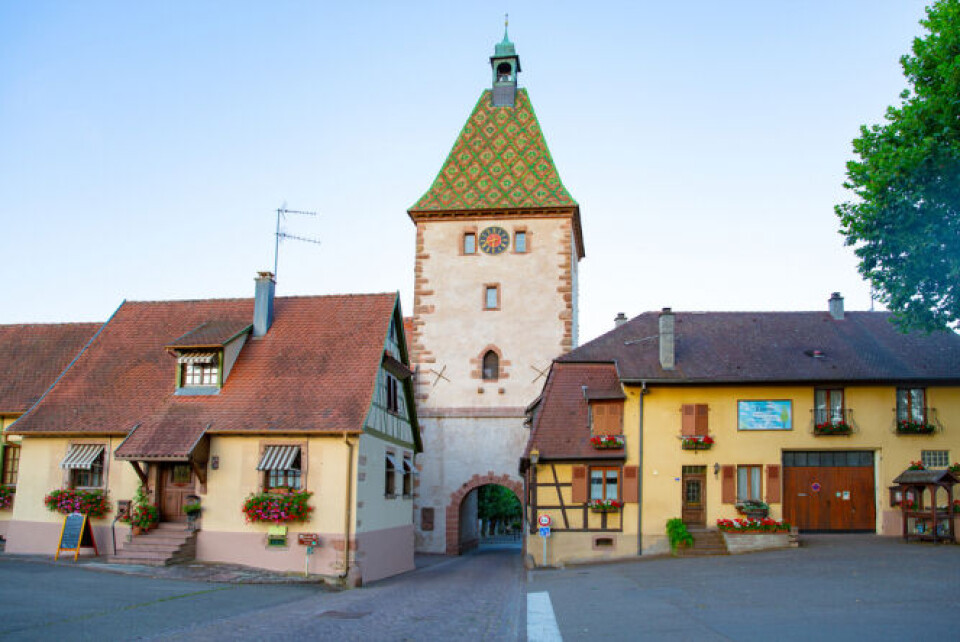
Bergheim is a fortified village of around 2,000 people, which boasts classic Alsatian architecture and an ancient church.
The village has an interesting history, its population having been decimated by war and plague in the seventeenth and eighteenth centuries. People from Switzerland, Germany, Hungary, Romania and Austria were then invited to repopulate it.
Overseas Territories (French Guiana): Saül
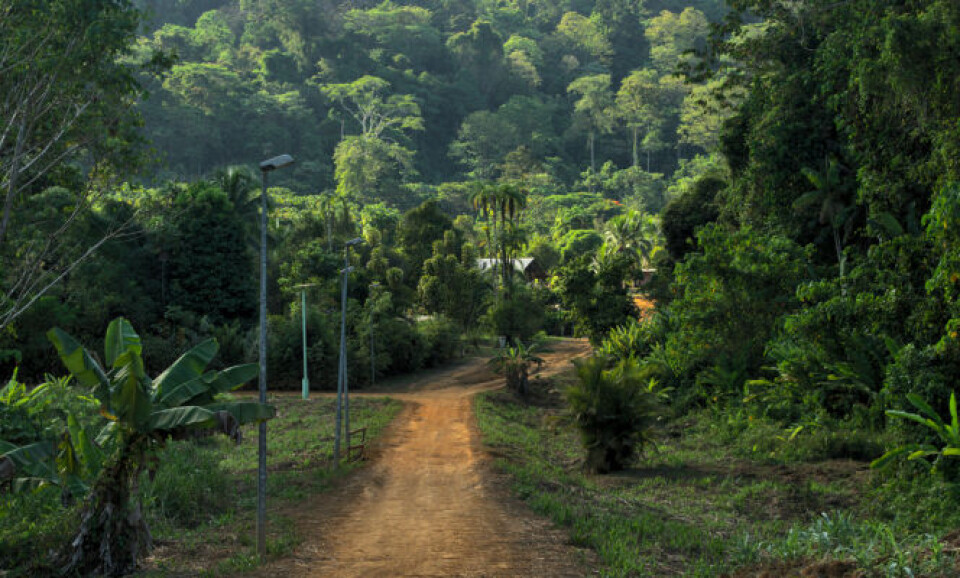
Situated at the centre of Guyana, Saül is not linked up to the rest of the territory by road, but is instead surrounded by lush rainforest.
Hauts-de-France: Hesdin

Hesdin (Pas-de-Calais), which sits on the banks of the Canche river, is known for its central square and seventeenth-century town hall, whose belfry was added to the UNESCO World Heritage List in 2005.
Île-de-France: Saint-Sulpice-de-Favières

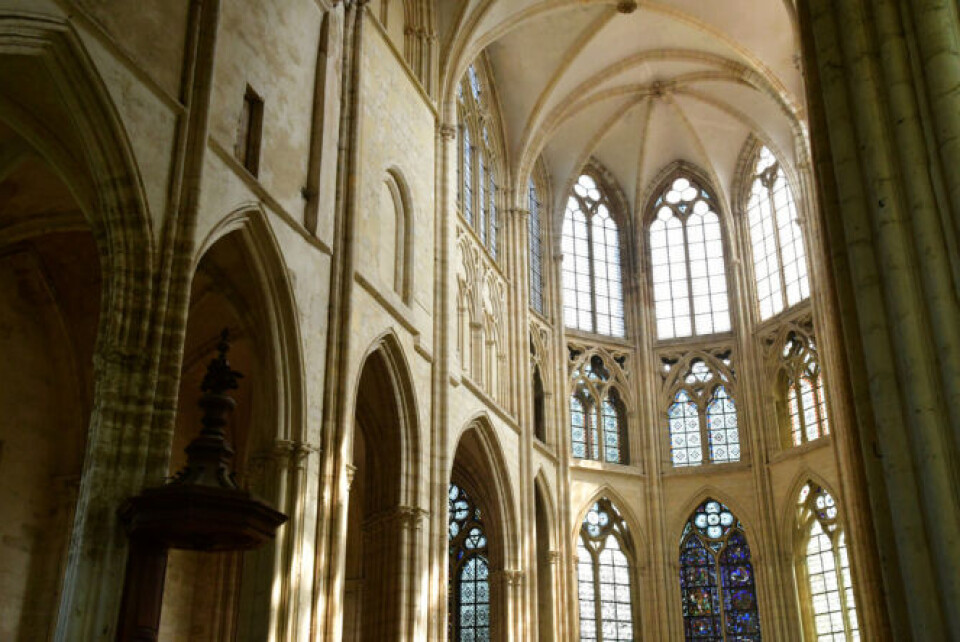
Saint-Sulpice-de-Favières (Essonne) is dominated by its imposing Gothic church, which was built in the fourteenth century.
The village was previously called Favières, from the Old French faveriis and the Latin fava (broad bean), meaning ‘broad bean field’!
Normandy: La Bouille
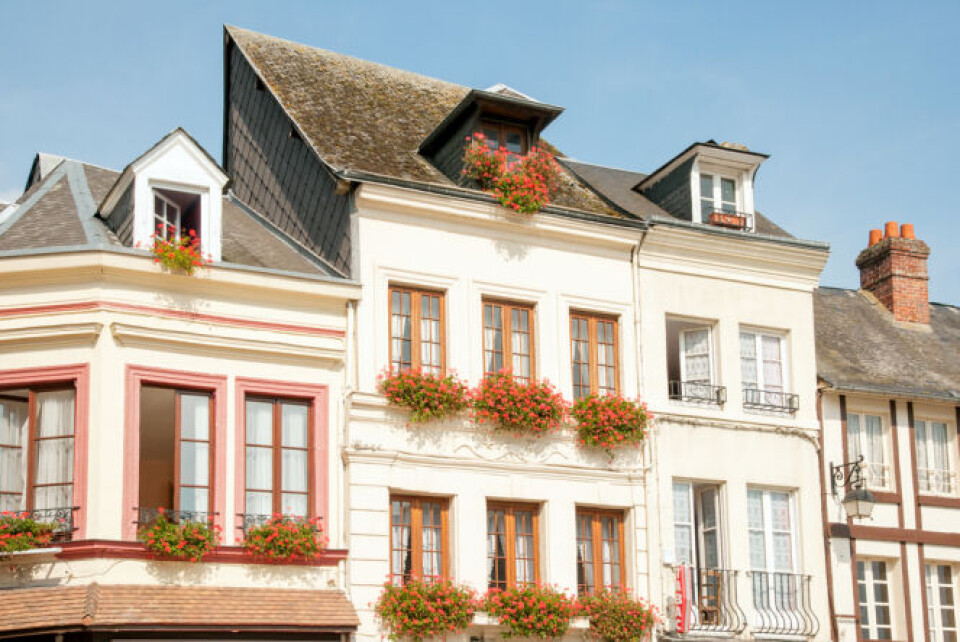
La Bouille (Seine-Maritime), with its typical Norman architecture, has been the subject of paintings by Joseph Turner, Paul Gauguin and Henri Vignet.
Places of interest include its sixteenth-century church of Sainte-Madeleine, its châteaux, its sixteenth-century salt warehouse and several other buildings that date as far back as the thirteenth century.
Nouvelle-Aquitaine: Ainhoa
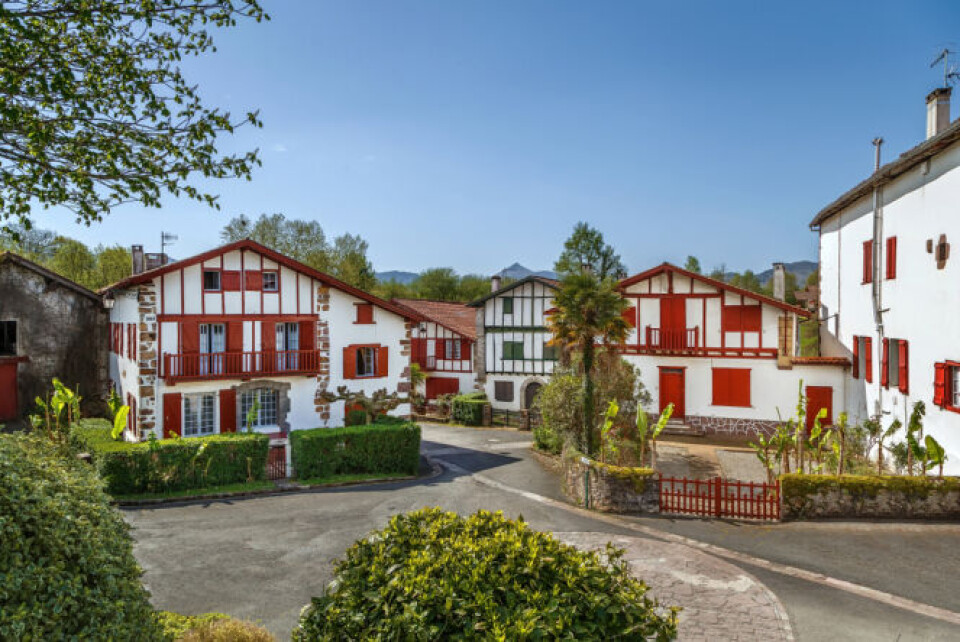
Ainhoa (Pyrénées-Atlantiques), in the Pays Basque near the border with Spain, is notable for its brightly coloured buildings
Occitanie: Le Malzieu-Ville
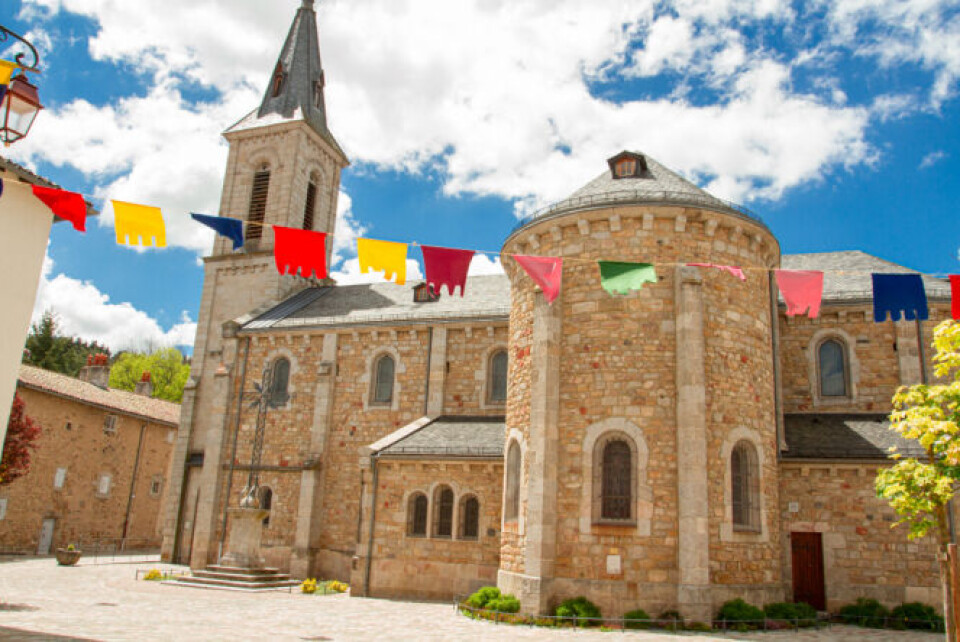
La Malzieu-Ville, with its small population of 700, boasts mediaeval ramparts, towers, fortified gates and old houses.
Pays-de-la-Loire: Port-Joinville

Port-Joinville is a village on Yeu Island, off the coast of Vendée. It is famous for its tuna fishing, white houses and lighthouse, and is the gateway to the island’s beautiful beaches.
Provence-Alpes-Côtes d’Azur : La Grave
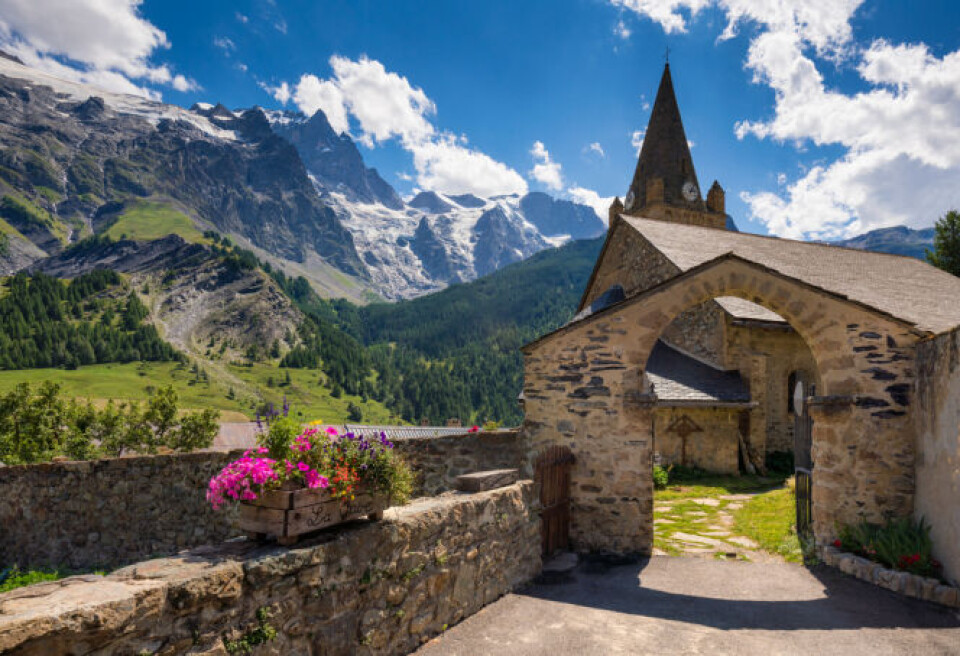
La Grave (Hautes-Alpes), is a small ski resort with stunning views of La Meije mountain summit at 3,984m.
The village was the birthplace of Nicolas de Nicolay, a French geographer who served Henry II of France in the sixteenth century. Today it is well-known for its off-piste skiing and ice climbing opportunities.
Related articles
How passionate farmers are reviving Menton’s iconic lemon
House prices: smaller towns in France are ‘Covid effect’ winners
Chateau an hour from Paris available to part-own for less than €60
























